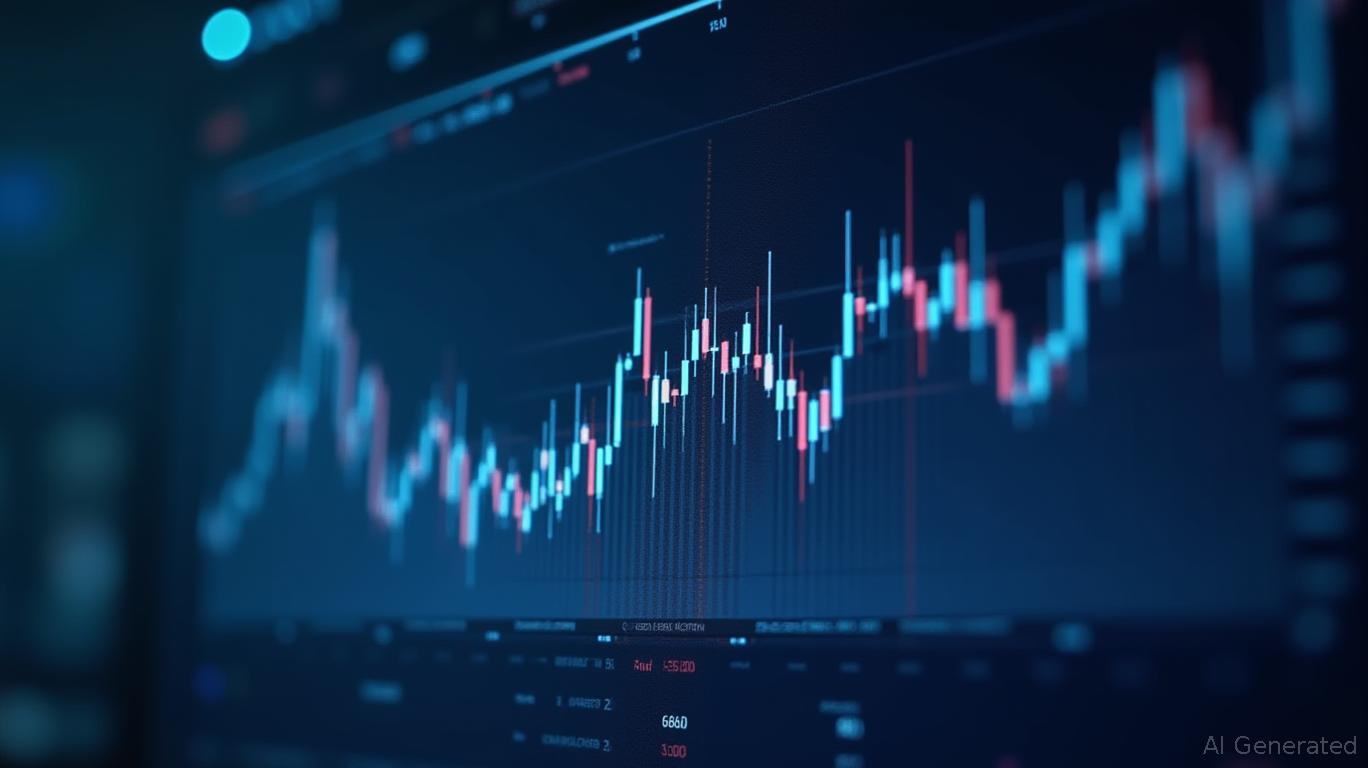The Art and Science of Backtesting: Building a Resilient Investment Strategy
In the ever-evolving landscape of financial markets, investors are constantly seeking tools to navigate uncertainty. Backtesting stands out as a cornerstone of informed decision-making, offering a systematic way to evaluate strategies before risking real capital. By simulating performance against historical data, investors can identify strengths, weaknesses, and risks—transforming theoretical ideas into actionable plans. Let's explore how this process, when executed rigorously, can lay the foundation for long-term success.
The Foundation: Portfolio Construction
A robust portfolio is the first pillar of any successful investment strategy. Diversification across asset classes—stocks for growth, bonds for stability, commodities as inflation hedges—creates a balanced foundation. For instance, combining U.S. equities (e.g., SPY), international bonds (e.g., BNDW), and precious metals (e.g., GLD) can mitigate exposure to sector-specific volatility. The key is aligning asset selection with the portfolio's objectives, whether growth, income, or preservation.
The Backtesting Framework: More Than a Simulation
Backtesting is not merely a technical exercise; it is a methodical evaluation of strategy viability. The process involves defining rules (entry/exit criteria), selecting a representative historical timeframe (ideally spanning multiple market cycles), and choosing the right benchmark. For example, a portfolio focused on small-cap U.S. stocks should be measured against the S&P SmallCap 600, not the broader S&P 500, to ensure apples-to-apples comparisons.

Metrics That Matter
Performance metrics are the language of backtesting. Beyond raw returns, risk-adjusted metrics like the Sharpe ratio and Sortino ratio reveal whether gains compensate for risk. Volatility (annualized standard deviation) and maximum drawdown—peak-to-trough declines during adverse periods—are critical for understanding downside exposure. For example, a strategy yielding 12% annual returns with a 25% drawdown might underperform one delivering 10% returns with a 10% drawdown, depending on investor risk tolerance.
Pitfalls to Avoid
The allure of backtesting can lead to overconfidence if not approached with discipline. Look-ahead bias—using future information to tweak parameters—invalidates results. Equally dangerous is data mining, where excessive parameter optimization (e.g., testing hundreds of moving average combinations) inflates perceived accuracy. To avoid this, strategies should be defined before testing and validated with out-of-sample data.
Costs, too, are often overlooked. A 0.5% expense ratio or transaction fees can erode returns over time. Tools like Portfolio Metrics automate the inclusion of such factors, ensuring simulations reflect real-world conditions.
Balancing Risk and Reward
Risk management is the unsung hero of backtesting. A strategy might excel in bull markets but fail spectacularly in downturns. For instance, a leveraged ETF like TQQQ (3x Nasdaq 100) could generate thrilling returns during tech rallies but suffer catastrophic losses during corrections. Backtesting reveals such vulnerabilities, allowing adjustments—such as stop-loss triggers or rebalancing rules—to stabilize outcomes.
The Path Forward: Iteration and Validation
No strategy is static. Iterative backtesting, paired with forward testing (paper trading), ensures adaptability. Suppose a momentum-based strategy underperforms during a prolonged sideways market. In that case, refining entry thresholds or adding a volatility filter could restore efficacy. The goal is not perfection but resilience—strategies that thrive across scenarios.
Conclusion: The Delicate Dance of Evidence and Pragmatism
Backtesting, when conducted rigorously, is a powerful ally. It demands transparency in assumptions, discipline in execution, and humility in interpretation. Investors should prioritize strategies with consistent risk-adjusted returns, low maximum drawdowns, and validation across diverse markets. While past performance never guarantees future results, a well-tested approach provides a compass in the fog of uncertainty.
In the end, the true test lies not in historical charts but in real-world application. By grounding decisions in data, investors can build portfolios that weather storms and seize opportunities—a testament to the marriage of art and science.
Sign up for free to continue reading
By continuing, I agree to the
Market Data Terms of Service and Privacy Statement

Comments
No comments yet